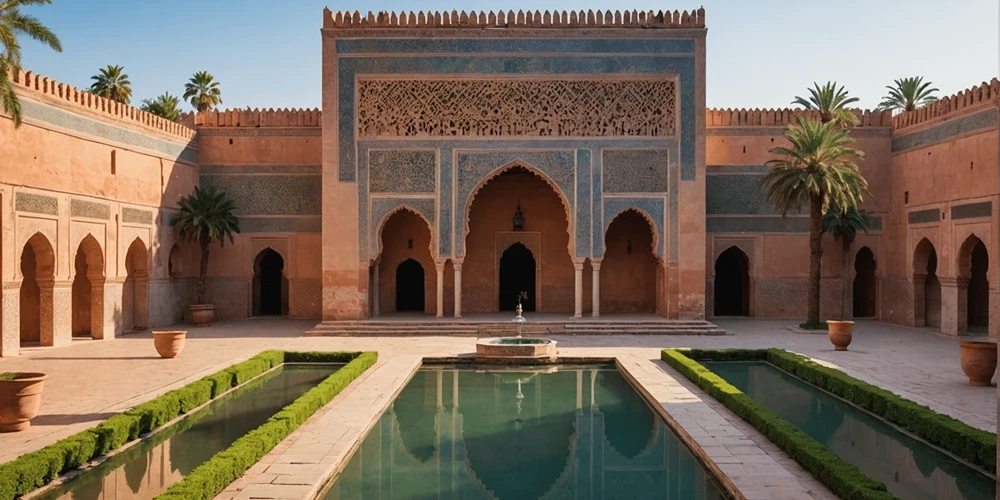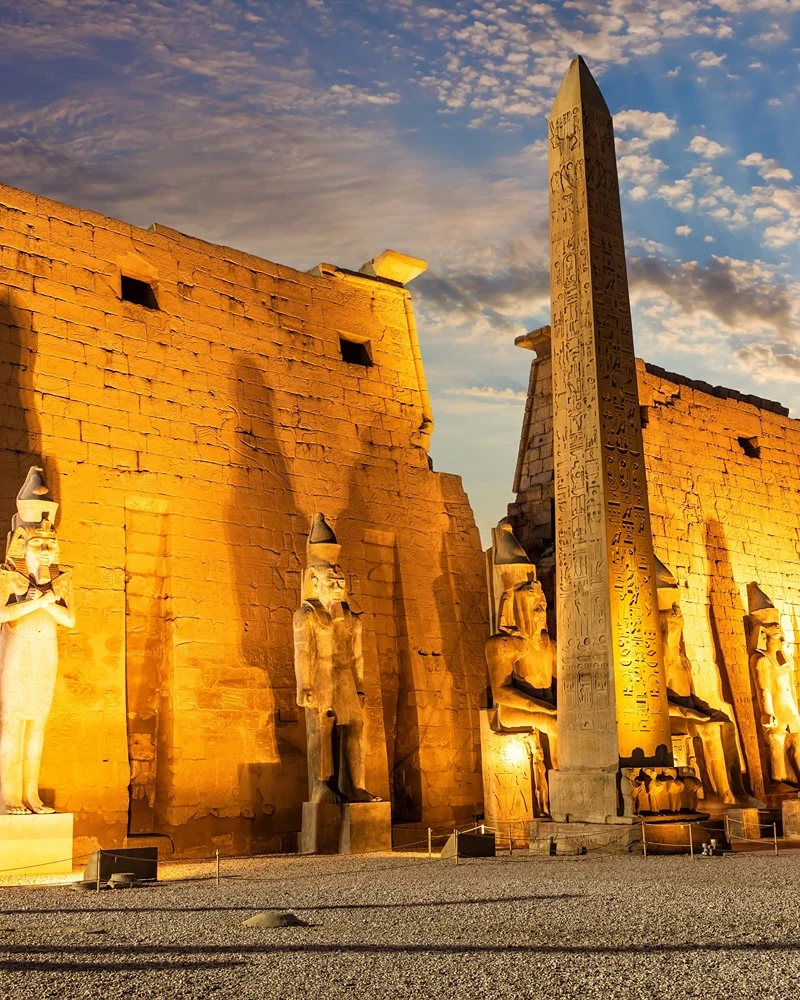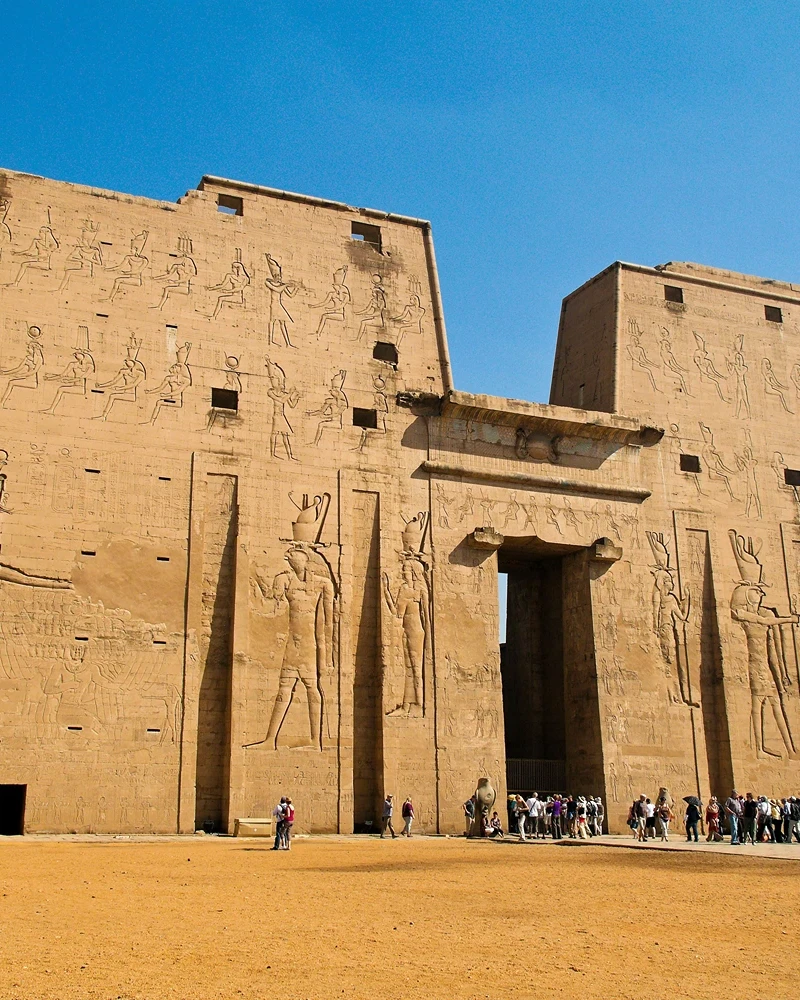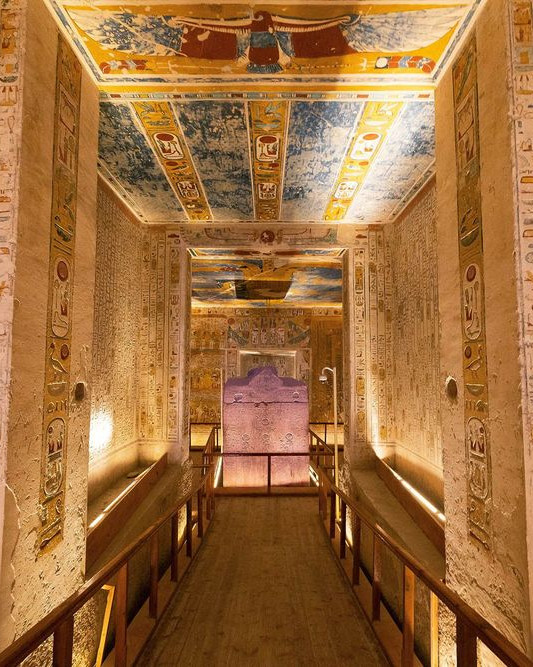Ever wondered why the Saadian Tombs were walled up and hidden for centuries? Morocco’s Saadian Tombs are not just remnants of a bygone era; they are a historical treasure unearthed from the sands of time. Built originally in the 14th century and later expanded by Sultan Ahmad al-Mansur in the mid-1500s, these tombs hold the key to understanding Morocco’s royal past. Rediscovered in 1917 through French aerial photography, the tombs have since been meticulously renovated and are now accessible to the public. Join us as we delve into the rich history and architectural beauty of the Saadian Tombs.
Historical Background of the Saadian Tombs
The Saadian Tombs were originally established in the 14th century, marking the beginning of their historical significance. They served as a burial ground for members of the Saadian dynasty, which ruled Morocco during this time.
In the mid-1500s, the tombs were significantly expanded under the reign of Sultan Ahmad al-Mansur. He commissioned the construction of additional mausoleums and elaborately decorated rooms. The Sultan himself was buried there after his death in 1603. This period marked the height of the tombs’ architectural and historical importance, reflecting the wealth and power of the Saadian dynasty.
- 14th century: Initial establishment of the Saadian Tombs.
- Mid-1500s: Expansion under Sultan Ahmad al-Mansur.
- 1603: Burial of Sultan Ahmad al-Mansur.
- 17th century: Tombs hidden by Sultan Moulay Ismail.
- 1917: Rediscovery through French aerial photography.
After the fall of the Saadian dynasty, Sultan Moulay Ismail walled up the tombs in the 17th century to hide them from view, but he did not destroy them. This act left the tombs forgotten for centuries. They were rediscovered in 1917 through French aerial photography. Following their rediscovery, the tombs underwent renovation and were subsequently opened to the public. Today, they stand as a testament to Morocco’s rich history and architectural heritage.
Architectural Details of the Saadian Tombs
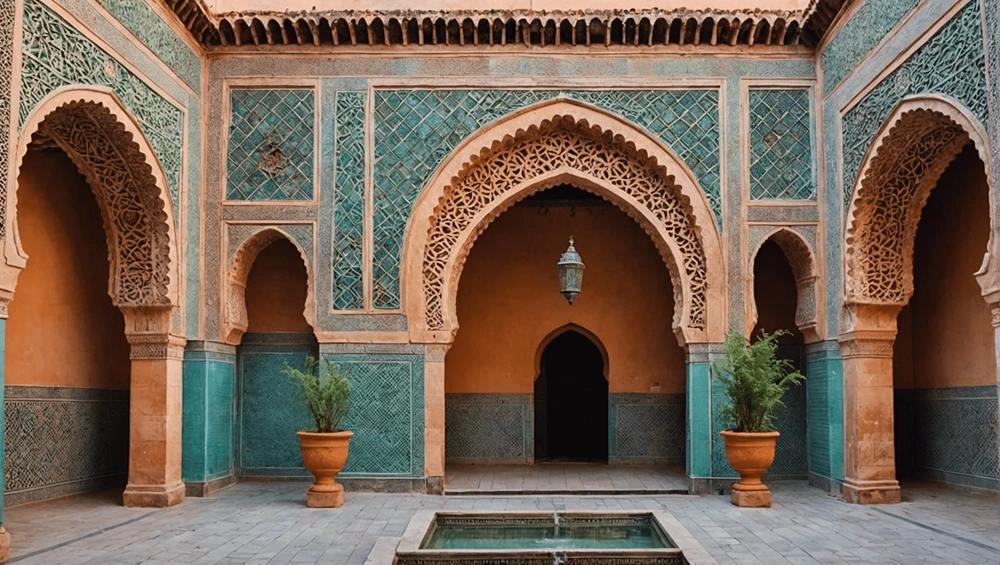
The Saadian Mausoleum is a stunning example of Moroccan architecture, featuring two main sides and an expansive garden. The layout is both intricate and symbolic, reflecting the grandeur of the Saadian dynasty.
The first side of the mausoleum includes several notable elements. There is a prayer hall with a mihrab, which serves as the focal point for prayers. Additionally, this side houses three rooms, each adorned with intricate designs. The central hall, known as the Hall of Twelve Columns, is particularly striking with its elaborate marble columns and intricate tile work. Adjacent to this is the skylight hall, which features three skylights that allow natural light to illuminate the space, creating a serene and contemplative atmosphere.
| Section | Details |
| First Side | Prayer hall with mihrab, three rooms, Hall of Twelve Columns, skylight hall |
| Second Side | Large hall with juniper ceiling, two balconies |
| Garden | Large garden with several tombs |
The second side of the mausoleum is equally impressive. It features a large hall with a juniper ceiling, known for its durability and unique grain patterns. This hall also includes two balconies, providing elevated views of the intricate designs below. Outside the mausoleum, the large garden contains several tombs, adding to the site’s historical and architectural significance. The garden’s layout and the presence of multiple tombs create a tranquil environment that invites reflection and admiration.
Practical Information for Visiting the Saadian Tombs
The Saadian Tombs are open daily from 9 am to 6 pm. The entrance fee is 10 dirhams, which is less than $3 US.
Located at the end of a small passageway next to the 10th-century Kasbah Mosque on Rue de la Kasbah, the tombs are best visited early in the morning to avoid long waiting queues. Early visits not only ensure a more peaceful experience but also allow visitors to take their time exploring the intricate details of the site without the rush of crowds.
- Arrive early to avoid long queues.
- Bring water, especially during hot days.
- Respect the site’s peaceful atmosphere.
- Allocate at least an hour to explore.
- Consider hiring a guide for detailed insights.
Respectful attire is recommended due to the religious significance of the site. Visitors should dress modestly, covering shoulders and knees, to honor the cultural norms and maintain the sanctity of the tombs.
Visitor Reviews and Experiences at the Saadian Tombs
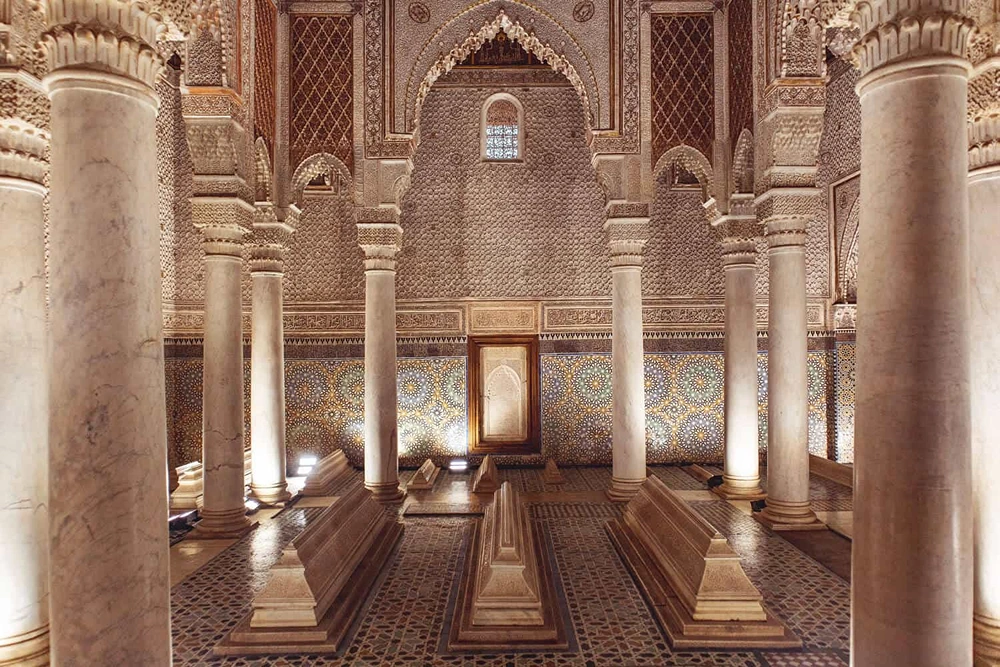
The Saadian Tombs are highly recommended for visitors who have an interest in architecture, history, and art. Many reviewers highlight the intricate designs and historical significance as key reasons to visit. The tombs provide a deep dive into the rich past of the Saadian dynasty, offering a unique experience for those keen on cultural exploration.
- Praise: Stunning architecture and detailed craftsmanship.
- Praise: Rich historical context and well-preserved site.
- Complaint: Long waiting lines, especially during peak hours.
- Complaint: Limited information displays, making a guide essential.
- Complaint: Crowded conditions can detract from the experience.
Mixed reviews often point out the long lines and potential overcrowding. Some visitors find the experience worth the wait, while others feel it may not be as valuable if pressed for time or disinterested in architectural details. The tombs are conveniently located near several top-rated restaurants and rooftops overlooking Djema-El-Fnaa square, offering various options for a complete cultural outing.
Nearby Attractions and Additional Tips for Visiting
The Saadian Tombs are centrally located in the Medina of Marrakech, making them easily accessible and an ideal starting point for exploring other historical sites. Nearby attractions include the bustling Djema-El-Fnaa square, known for its vibrant market and street performances. El Badi Palace, a stunning example of Moroccan architecture, and Bahia Palace, renowned for its beautiful gardens and intricate tile work, are also within close proximity.
- Arrive early to avoid crowds and long queues.
- Wear comfortable shoes as the Medina involves a lot of walking.
- Stay hydrated, especially during the hotter months.
- Consider hiring a local guide for a deeper understanding of the history.
- Be mindful of your belongings in crowded areas.
For dining and relaxation, the area boasts some of the best restaurants and rooftop terraces overlooking Djema-El-Fnaa square. These spots offer a perfect blend of traditional Moroccan cuisine and breathtaking views, providing a memorable experience to cap off your visit to the Saadian Tombs.
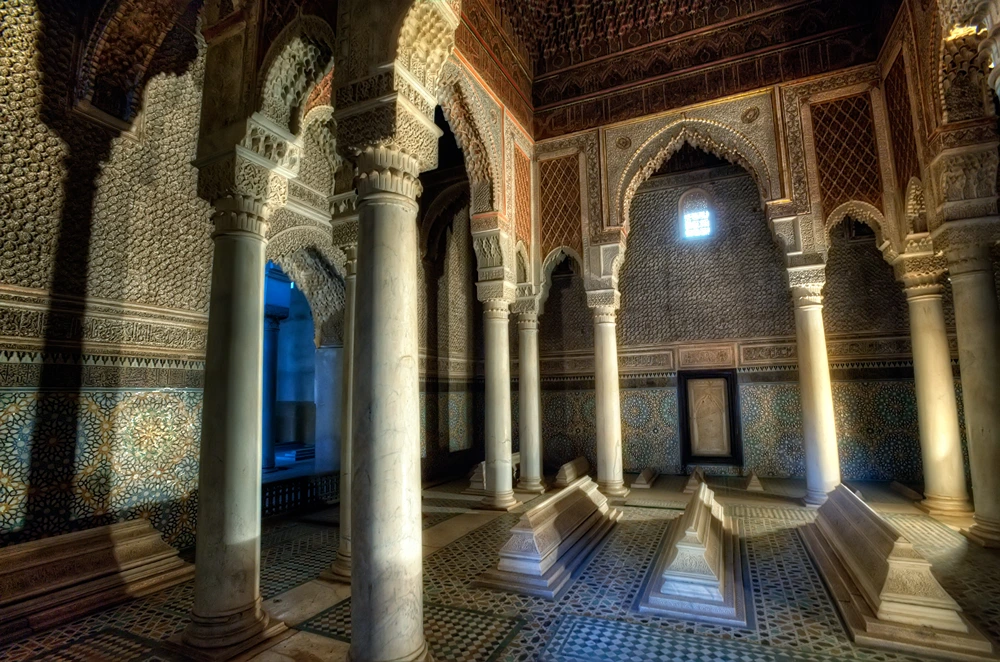
Final Words
The Saadian Tombs are a remarkable historical site with origins dating back to the 14th century. Sultan Ahmad al-Mansur significantly expanded the tombs, and their rediscovery in 1917 added to their allure.
The tombs’ architecture is captivating, with intricate details in both sides of the mausoleum and a beautiful garden.
Visiting tips include early morning arrivals and respectful attire.
Visitor reviews highlight both the site’s worth and potential wait times.
Nearby attractions and practical advice further enhance the experience. The Saadian Tombs offer a unique glimpse into Moroccan heritage and are well worth a visit.
FAQ
Saadian Tombs Tickets
Saadian Tombs History
Saadian Tombs Reviews
Practical Information for Visiting the Saadian Tombs
Top Attractions
Imagine walking through a gateway to a bygone era, where…
Why would an ancient civilization dedicate 180 years to…
Why did the ancient Egyptians choose a secluded desert…


